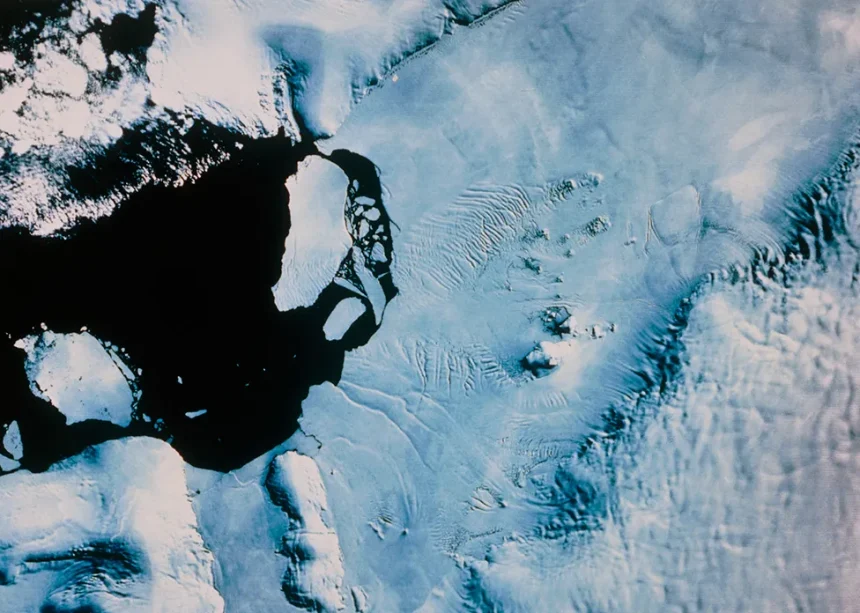They have followed the shifting forms of lumps on the ice surface, which indicate the places where glaciers are fixed firmly in place.
Few of these frozen moorings, or “pinning points,” had changed significantly in the previous fifty years.
However, over a third have shrunk in size since 2000, underscoring the melting’s rapidity.
The study, which is published in the journal Nature, emphasizes once more how much the continent’s ice loss will contribute to global sea level rise in the future.
The ice shelves that encircle 75% of Antarctica’s coastline were the study’s main focus.
The glaciers’ floating fronts that have pushed out into the surrounding seas are known as the shelves.
Many of them are thinning as a result of warm water invasion, particularly in the west of the continent.
They are thought to be a crucial braking mechanism that slows the flow of ice off the continent, so that’s unfortunate news.
The shelves may become stuck and hold back the glacier ice to their rear in areas where the seafloor is shallow, such as an underwater slope.







